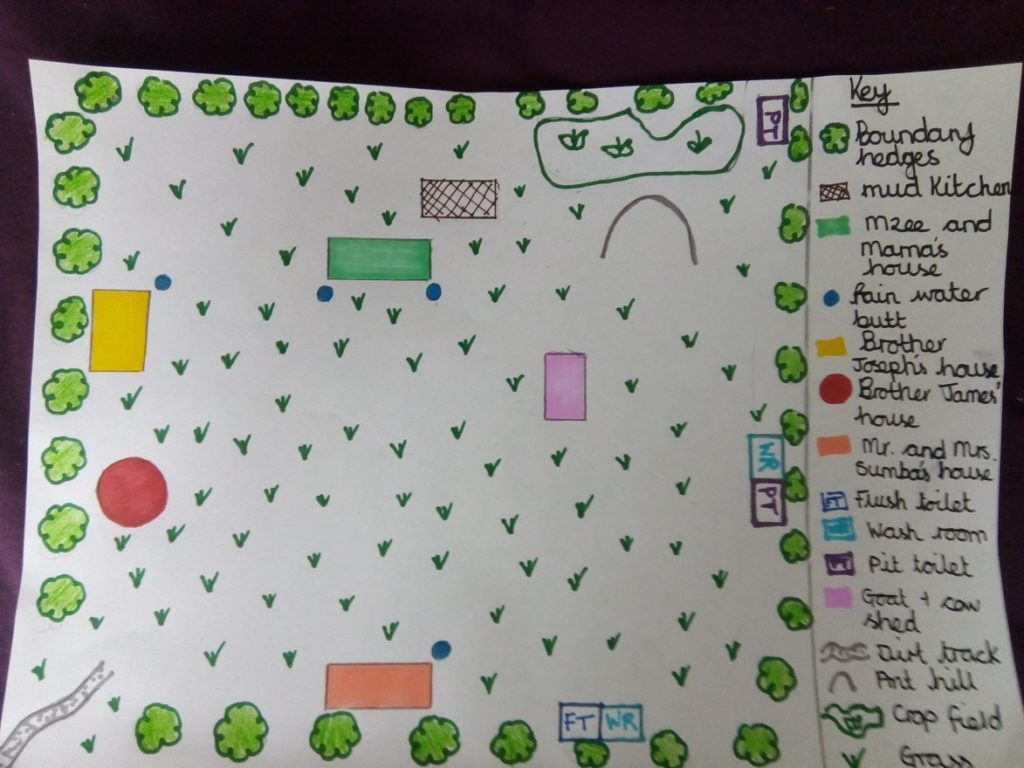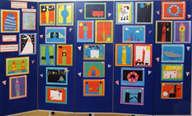Year 2 Home Learning Friday 15th May 2020
Hello again from all the adults in Year 2. See the post below about what some of us have been up to this week.
Please remember as you go about completing this home learning that our priority is reading, writing and maths so use your time to complete the tasks set for those. Pick and choose from the topic, science, RE and Art; there is no expectation to complete them all.
English
This week’s English lessons come from the Government’s online school, Oak National Academy. The lessons start with a teacher explaining the lesson and setting the tasks; the children can click through at their own pace, pausing the video when needed. All they need is a pencil and paper. We have found that the best internet browser to use for the lessons in order that the videos work is Google Chrome. 
Lesson 4: https://www.thenational.academy/year-2/english/to-identify-and-use-adverbs-year-2-wk1-4
Lesson 5: https://www.thenational.academy/year-2/english/to-write-a-set-of-instructions-year-2-wk1-5
Spelling
As part of the online lessons, there are weekly spellings set. This week these are:
| door | mind |
| floor | kind |
| poor | behind |
| because | child |
| find | children |
On SUMDOG, you will find set spelling challenges to be completed. In addition, below is a copy of the Y1 and Common Exception word lists for you to learn at home.
Maths
Please continue to check MyMaths where you will be set a series of tasks to complete each week as well as logging into Sumdog to develop your maths skills.
National Oak Academy
These next lessons will have a teacher teaching you a virtual lesson, and activities to follow. They follow on from the maths home learning set last week. Please follow the link to access the videos.
Lesson 1: https://www.thenational.academy/year-2/maths/to-name-and-describe-3-d-shapes-year-2-wk1-4
Lesson 3: https://www.thenational.academy/year-2/maths/to-describe-and-create-shape-patterns-year-2-wk2-1
Lesson 4: https://www.thenational.academy/year-2/maths/to-compare-and-sort-2-d-and-3-d-shapes-year-2-wk2-2
Lesson 5: https://www.thenational.academy/year-2/maths/to-describe-the-position-of-an-object-year-2-wk2-3
In addition to this, HIAS have set some weekly Maths problem solving challenges using strategies we use in school. Click on the link to view and try these.
Science
Balancing Structures
The activity – Make a balancing toy.
Experiment with the design of your toy to find out what affects whether or not it balances.
Learn about the centre of mass of an object and how it relates to whether or not something balances.
https://www.rigb.org/docs/balancing_sculptures_infosheet_0_0.pdf – activity worksheet in full
What you need:
- A carrot or similar vegetable
- Kebab skewers
- Marshmallows and/or other jelly type sweets, or small pieces of carrot or similar hard vegetables.
- Plasticine or blu-tac
- 500ml soft drink bottle or washing up liquid bottle
Stage 1: Cut a piece of carrot about 3 cm long. Stick a kebab skewer into one end of the piece of carrot and break the skewer so that you have only 2 or 3 cm of it sticking out. Try to stand the carrot piece up on the end of the kebab skewer – you should find this very difficult, if not impossible to do.
Stage 2: Stick a kebab skewer into each side of the carrot so that they point downwards at about 45 degrees. Then stick a marshmallow or other jelly sweet onto the ends of the skewers, as shown in the picture below. Place this on top of a bottle and you should find that it balances.
Get children to investigate what happens when you slide the marshmallows up and down the ‘arms’ of the sculpture and if you add more marshmallows. Stick an additional two or more kebab skewers into the carrot and challenge children to add at least one item to each skewer and still keep the sculpture balanced.
Questions to ask children: With just central part of the sculpture: why doesn’t this stay balanced? Before showing them stage 2: do you think we can use more kebab skewers and anything else to help it balance? Why do you think it balances like this? What can we change? (position of skewers, items pushed onto the skewers, position of things on skewers) What do you think will happen if we change these things? What do you think we need to do to make sure our sculpture balances?
Going further:
Try making some animal-shaped balancing toys: http://bit.ly/AniBalance
Make a balancing butterfly: http://bit.ly/BalanceButterfly
Topic (2 weeks).
Lots of you know that Mrs. Sumba’s husband comes from Kenya. For his tribe, it is the custom for the sons to build houses on the family land which they call the home. Mrs. Sumba has drawn a map of the Sumba family home.
Task 1 -Look carefully at the map and key and complete the table:
| How it is the same as my home. | How it is different to my home. |
|
|
Task 2- Draw a map or plan of your family home. Don’t forget the key.
Music
Friday 15th May
Persons with Long Ears from The Carnival of the Animals
Listen to the violin.
Is this music sad or happy?
Which kind of animals might have long ears?
Can you draw them?
Art
Art Challenge Famous Landmarks:
For this week’s Art Challenge I would like you produce some art that is linked to a famous landmark. Your landmark can be natural or man-made. It can be a drawing, a sculpture made from recycled materials, a collage, something made out of pebbles and twigs , it could be drawn on a tablet or made out of Lego, or indeed else that you can think of. I have even seen Big Ben made out of socks! Let you imaginations run wild!
Here are a few ideas:
However, if this doesn’t appeal to you can still send any other art work to me and I will post that on the Blog too.
Please email your artwork to me:
n.pearson@stpeterswaterlooville.hants.sch.uk
Thank you
Keep creating and keep safe!
Mrs Pearson



